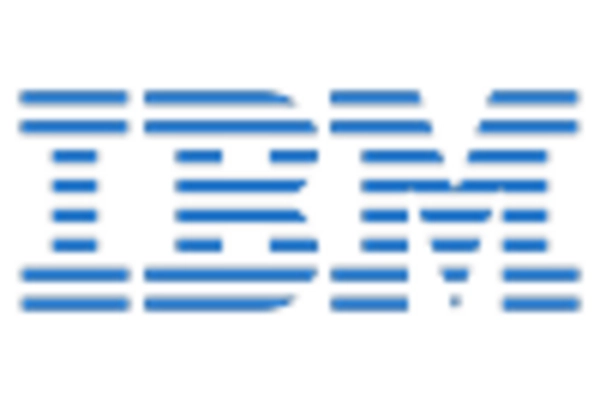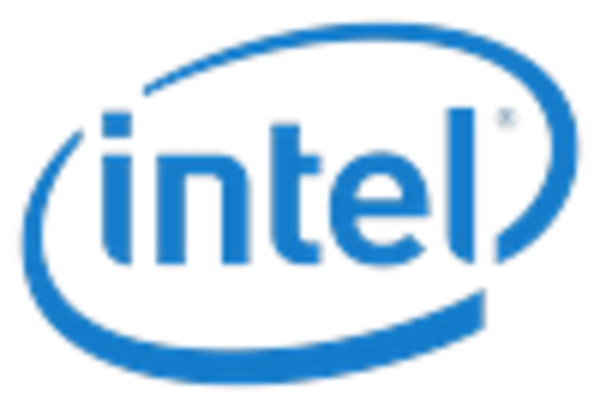Expansion of IoT Applications
The proliferation of Internet of Things (IoT) devices in Germany is a critical driver for the fog computing market. With millions of connected devices generating vast amounts of data, the need for efficient data management and processing solutions is becoming increasingly urgent. Fog computing offers a decentralized approach, enabling data to be processed closer to the source, thereby reducing latency and bandwidth usage. Recent reports indicate that the number of IoT devices in Germany is expected to exceed 50 million by 2026, creating a substantial opportunity for fog computing solutions. This expansion of IoT applications necessitates robust fog computing infrastructures to handle the influx of data, making it a pivotal factor in the growth of the fog computing market. As organizations seek to harness the potential of IoT, investments in fog computing technologies are likely to escalate.
Growing Cybersecurity Concerns
The escalating concerns regarding cybersecurity in Germany are driving the fog computing market as organizations seek to enhance their data protection measures. With the increasing frequency of cyber threats, businesses are prioritizing solutions that offer improved security and compliance. Fog computing provides a decentralized architecture that can enhance data security by processing sensitive information closer to the source, thereby minimizing exposure to potential attacks. Recent surveys indicate that over 70% of German companies consider cybersecurity a top priority, which is likely to influence their investment decisions in fog computing technologies. As organizations strive to safeguard their data assets, the fog computing market is expected to benefit from this heightened focus on cybersecurity, leading to increased adoption of solutions that address these concerns.
Increased Focus on Edge Computing
The growing emphasis on edge computing in Germany is emerging as a significant driver for the fog computing market. As organizations seek to optimize their IT infrastructure, the integration of edge computing solutions is becoming increasingly prevalent. Fog computing serves as a complementary technology, enabling data processing at the edge of the network, which is essential for applications requiring low latency and high reliability. Recent analyses suggest that the edge computing market in Germany is projected to reach €3 billion by 2027, indicating a robust demand for fog computing solutions that can support these edge applications. This trend is particularly relevant in sectors such as healthcare and automotive, where real-time data processing is critical. Consequently, the fog computing market is likely to experience substantial growth as businesses adopt edge computing strategies.
Government Initiatives and Support
Government initiatives in Germany aimed at promoting digital transformation are significantly influencing the fog computing market. The German government has launched various programs to support the adoption of advanced technologies, including fog computing, as part of its Industry 4.0 strategy. These initiatives often include funding opportunities, research grants, and collaborative projects that encourage innovation in the fog computing space. For instance, the government has allocated over €1 billion to support digital infrastructure development, which is expected to bolster the fog computing market. Such support not only enhances the technological landscape but also fosters partnerships between public and private sectors, driving the adoption of fog computing solutions across various industries. As these initiatives continue to unfold, they are likely to create a conducive environment for the growth of the fog computing market.
Rising Demand for Real-Time Data Processing
The fog computing market in Germany is experiencing a notable surge in demand for real-time data processing capabilities. As industries increasingly rely on instantaneous data analysis for decision-making, the need for localized computing solutions becomes paramount. This trend is particularly evident in sectors such as manufacturing and logistics, where operational efficiency hinges on timely data insights. According to recent estimates, the market for real-time data processing solutions is projected to grow at a CAGR of approximately 25% over the next five years. This growth is likely to drive investments in fog computing technologies, as organizations seek to enhance their operational agility and responsiveness. Consequently, the fog computing market is positioned to benefit significantly from this rising demand, as businesses prioritize solutions that facilitate rapid data processing and analysis.

















Leave a Comment